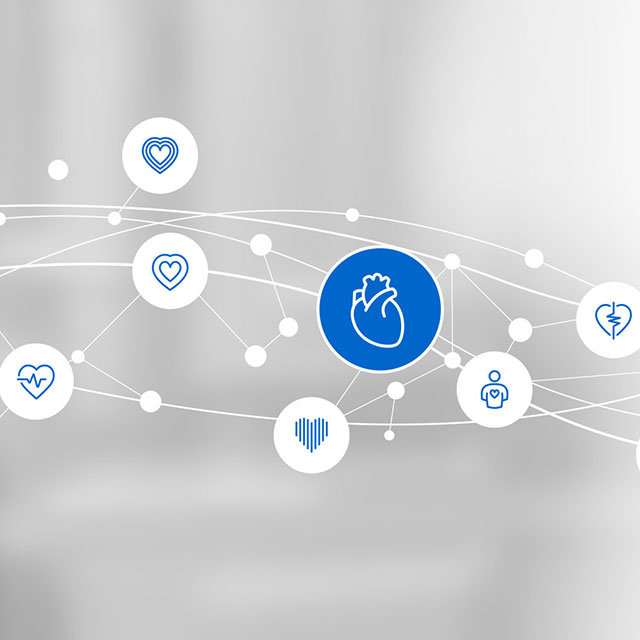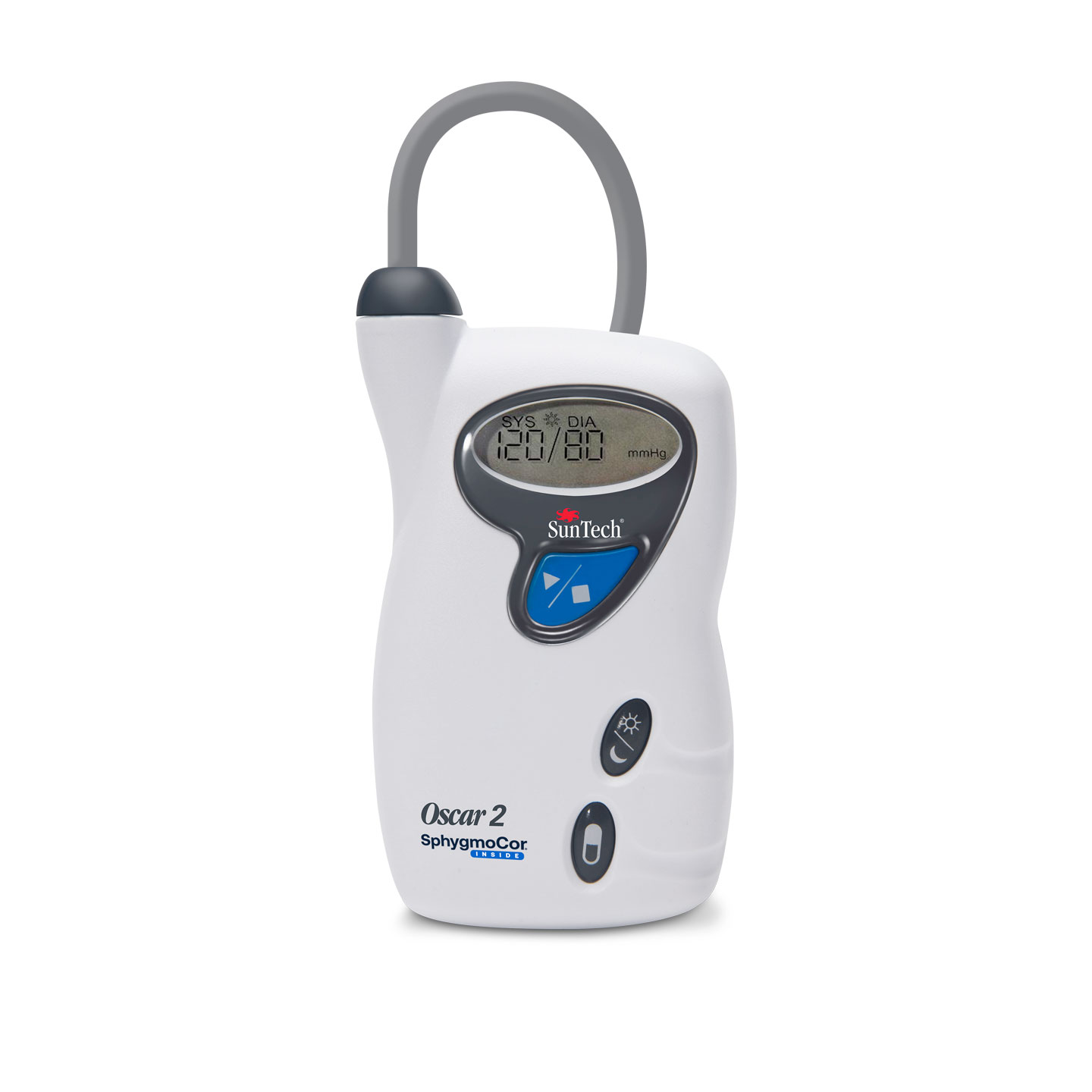Heart Failure
Deliver a Continuum of Care from Hospital to Home
Fast Fact
# 1
#1 cause of hospitalizations in the Medicare population.1
Interconnection Between Heart Failure and Arterial Stiffening

Heart Failure and Arterial Stiffness
Home-Centered Heart Failure Management

Utility of Vascular Biomarkers in Heart Failure Management
Vascular Biomarkers Explained
Incorporate Vascular Biomarkers into Heart Failure Management

In-Clinic
- Provide a thorough evaluation of the patient's cardiovascular health to enable precise risk stratification and individualized heart failure management.
- Establish a protocol for consistent follow-up appointments and re-assessment to adjust heart failure treatment plans as the patient's vascular status changes.
- Reimbursable with CPT 93050.

At Home
- Conduct regular measurements to continuously monitor and manage from home, providing real-time data to inform treatment adjustments.
- Utilize telemedicine to facilitate continuous interaction between patients and providers, ensuring personalized and responsive heart failure care.
- Reimbursable with CPT 9945x & 99091.

SphygmoCor® XCEL
Capture comprehensive central hemodynamics and arterial stiffness insights at point-of-care and in clinical trials.

CONNEQT Pulse
Monitor arterial health insights with ease at home and on-the-go.

Oscar 2
Gold standard in 24-hour central hemodynamics and ambulatory blood pressure monitoring (ABPM).
1 Heart Failure Society of America

